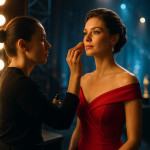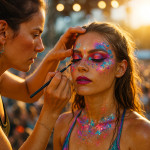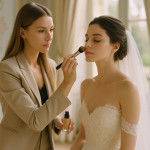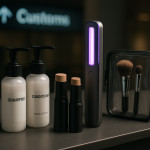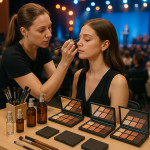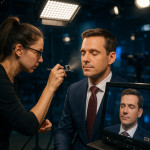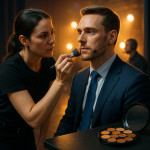Lighting matters: syncing stage tech and maquilleur workflow for spot-on hues
Under the glare of stage lights, the same foundation shade can look flawless or flat — all because of colour temperature, beam angle and real-time dimming. This guide shows you how to connect lighting operators and maquilleurs from prep to curtain call so every skin tone, costume and brand colour reads perfectly on camera and to the live audience.
Why “lighting matters” is more than a slogan
Makeup artists routinely match undertones against daylight or a ring light during prep, yet the stage often runs at 3 200 K tungsten or flashy RGB transitions. Without a joint plan, warm bases can appear orange, cool contours grey and bold lipsticks dull. Lighting matters because:
- LED arrays and follow spots vary from 2 700 K to 6 500 K within one show.
- High-resolution cameras amplify colour shifts the human eye forgives.
- Brand guidelines demand precise Pantone matches for corporate events.
Pre-production checklist: maquilleur × lighting designer
1. Share technical specs early
Request the lighting plot, cue sheet and colour-filter list as soon as the director approves the concept. In return, send your product chart detailing finish (matte, satin, gloss) and known flashback issues. A shared spreadsheet prevents surprises.
2. Swatch tests under show lights
Schedule a 15-minute slot in the tech rehearsal to test foundation, highlighter and costume fabrics directly on stage. Capture stills and 10-second video clips for fast playback on the exact camera pipeline.
3. Agree on a “scene safe” palette
Pick three neutralising powders and two lip tones that stay true across the full cue list. Mark them with coloured tape inside your kit for quick grabs when a last-minute speaker walks in.
Live-show workflow: minute-by-minute alignment
| Show phase | Lighting operator | Maquilleur | Sync tip |
|---|---|---|---|
| House open –10 min | Load preset A (3 200 K) | Final blot & anti-shine spray | Use tungsten mirror backstage to preview look |
| Act 1 high-energy song | RGB mix at 75 % intensity | Gloss top-coat on lips | Gloss catches RGB; skip extra highlighter |
| Keynote speech | Neutral white 4 200 K | Mattify T-zone | Prevent forehead hotspot on 4K feed |
| Finale | Strobe & follow spot 5 600 K | Quick de-shine wipes | Ask op to hold strobe 2 s after wipe |
Tools that keep colour on point
- Calibrated LED mirror: Switchable between 3 200 K and 5 600 K to mimic stage cues.
- Handheld spectrometer: Confirms exact Kelvin output when the desk op tweaks settings.
- Neutral-density blot papers: Remove sweat without adding pigment shift.
- Colour-safe setting spray: Alcohol-free to avoid white cast under UV.
Common colour disasters and quick fixes
Flashback in photography
HD silica powders bounce light. Swap for micro-fine talc blends or blot with neutral tissue. Learn how to align retouch expectations so editors know your intent.
Over-warmed skin tones
If 3 200 K tungsten makes fair skin look orange, pat a lilac corrector over high planes. Better yet, ask the desk op to nudge towards 3 600 K for talking-head segments.
Uneven payoff on deeper complexions
Cool white LEDs (5 600 K) can ash out rich undertones. Layer a warm-neutral bronzer and request a 4 200 K compromise. For broader guidance on diversity, see our guide on working on inclusive skin tones.
Integrating brand colours without distortion
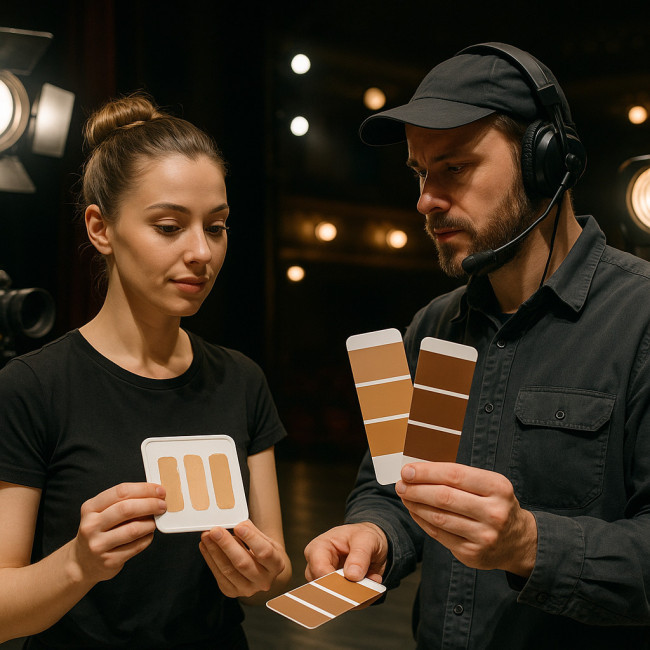
Corporate shows often demand specific Pantone accents on lips, nails or face decals. Provide the lighting team with the hexadecimal or L*a*b* values so they can reference their console's gel library. A brief from the event agency may already include a link to the event-ready makeup artist roster; align with those specs to guarantee continuity across global hubs.
Communication hacks for stress-free run-of-show
- Create a WhatsApp group named “Light × Makeup Live” with only essential crew.
- Use emojis: 💡 = intensity change request, 💋 = makeup touch-up needed.
- Pin a one-page cue sheet on the wings with lighting colour and makeup notes side by side.
Upgrade your technical literacy
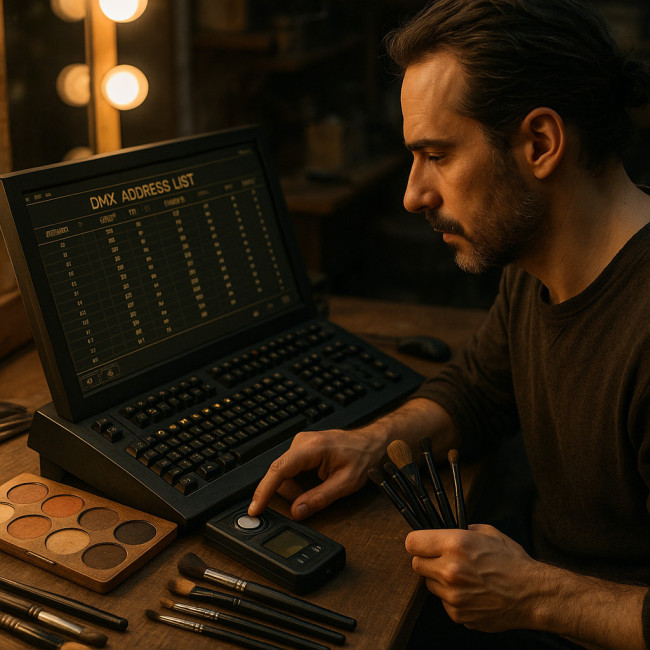
A maquilleur who can read a DMX address list wins trust fast. Invest one evening per month in stage-tech workshops or read lighting and framing tips for performers. These skills position you for premium retainers; discover what agencies look for in a maquilleur portfolio to rise to the top tier.
Mini-quiz: are you lighting-sync ready?
FAQ
- How do I choose foundation shades when the stage uses colour-changing LEDs?
- Swatch under the most saturated cue, then under white light. Pick the middle ground and rely on correctors to tweak undertones.
- Can I request lighting changes mid-show?
- Yes, but only through the stage manager or pre-agreed chat signals. Never shout across comms unless it's a safety issue.
- Which setting sprays avoid white cast under UV?
- Look for alcohol-free formulas with film-forming polymers instead of silica or zinc.
- What's the fastest fix for sweaty foreheads on 4K cameras?
- Neutral blot paper followed by a puff of translucent talc-based powder, not silica.
- Do I need a handheld spectrometer?
- Not mandatory, but it speeds troubleshooting and shows technical credibility to lighting teams.
Take the next step
Ready to elevate your craft? Book a lighting-sync consultation or download our free cue-sheet template. Your future flawless shows start with one click.
